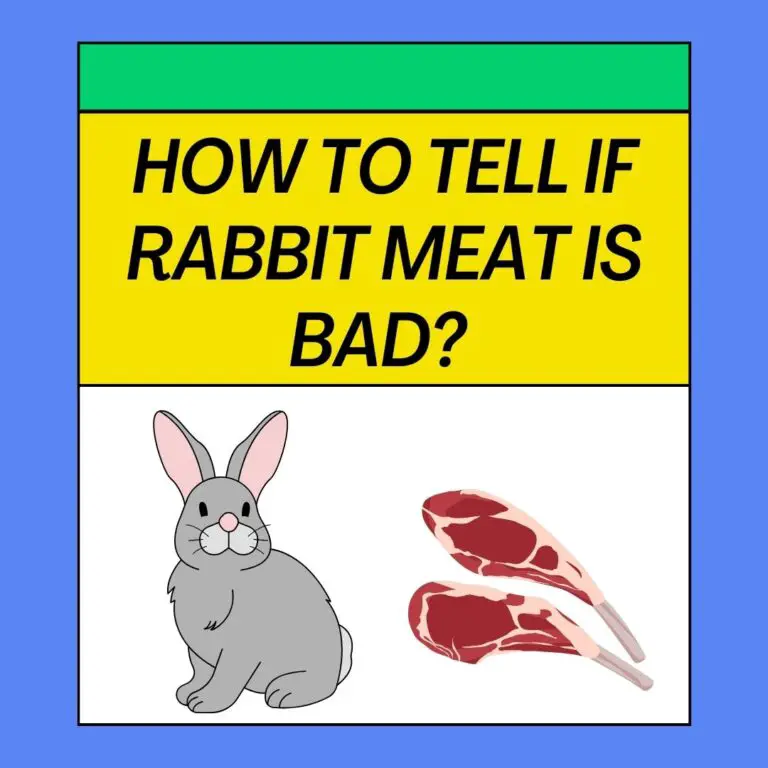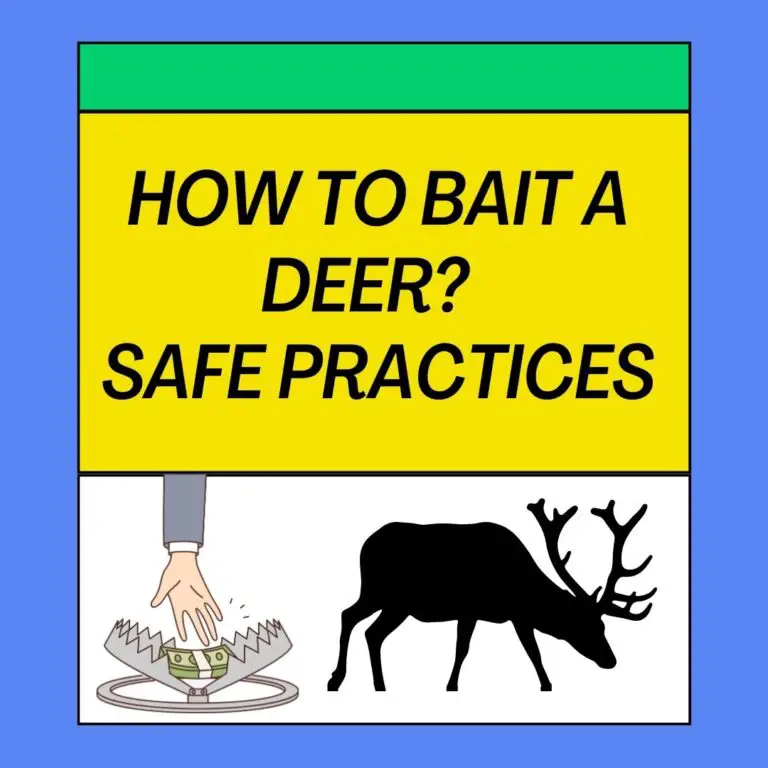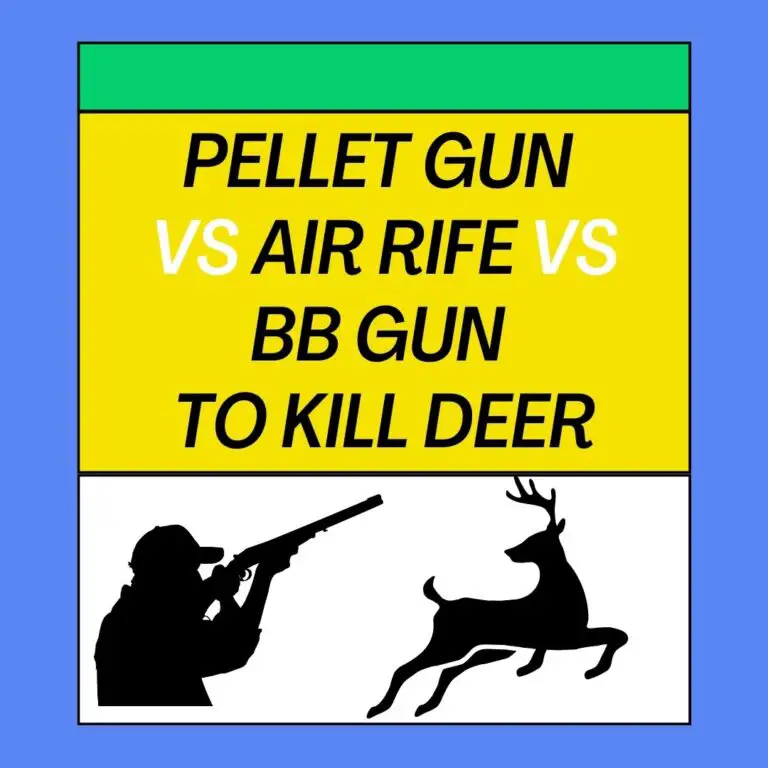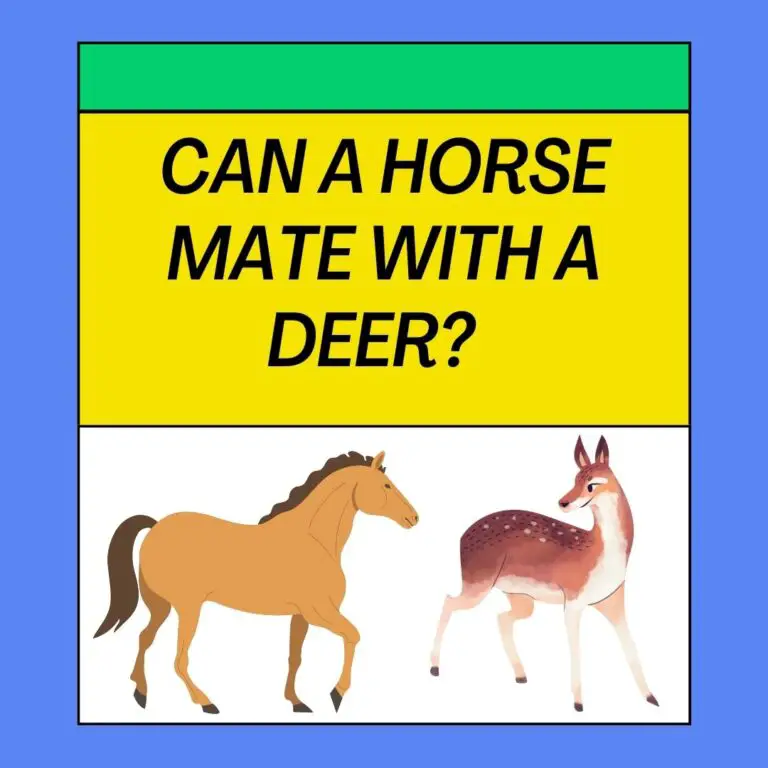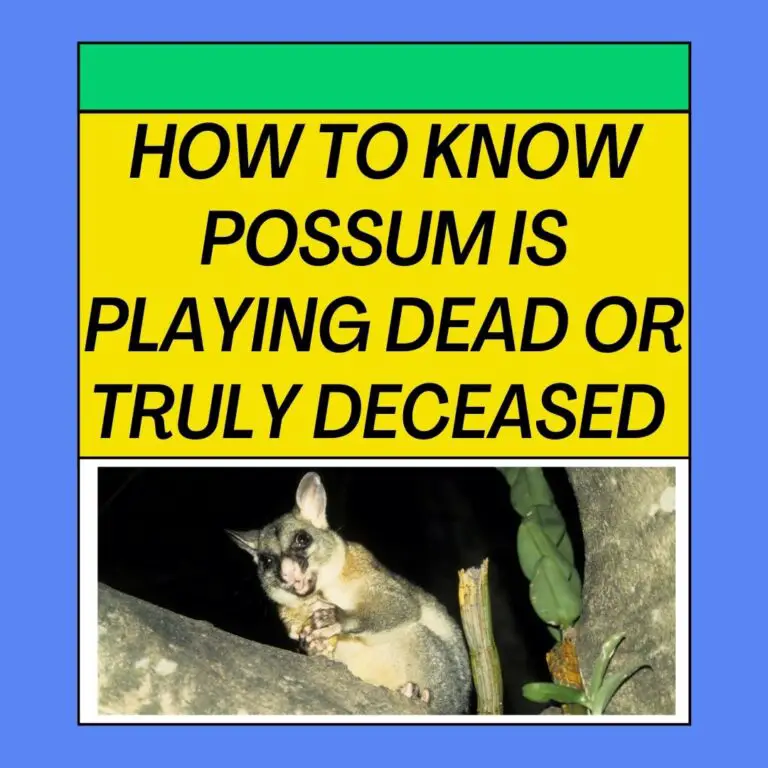
Deer Usually do not “squat” like domesticated animals when they defecate (poop) or urinate (pee). Instead, they have a more natural and discreet process for waste elimination.
Defecation (Pooping):
Deer typically defecate while standing or walking. Their feces are small, round pellets, and they are known for their rapid digestive system, which allows them to efficiently extract nutrients from their food. These pellets are often scattered across the landscape as deer move about their territory.
Urination (Peeing):
Deer also urinate while standing. When urinating, they release a stream of liquid waste. The urine may be used as a means of communication, marking territory, or attracting potential mates during the breeding season.
Unlike many domesticated animals, deer do not have the habit of squatting or sitting down to defecate or urinate. Their natural behaviors are adapted to their wild environments, where they need to remain vigilant and mobile to avoid predators and survive in the wild.
What does it mean when a deer squats?
Deer behaviors related to squatting, urinating, and defecating serve various purposes and are part of their natural instincts. Here’s what they mean:
Deer do not typically “squat” like some animals when urinating or defecating. Instead, they often urinate and defecate while standing. However, if you observe a deer lowering its hindquarters closer to the ground, it may be a sign of a deer in a relaxed or non-alert state. Deer tend to lower their bodies when they are comfortable, such as during feeding or resting.
How do male deer urinate?
Male deer, known as bucks, urinate like other deer by standing and releasing a stream of liquid waste. During the breeding season (rut), bucks may engage in behaviors like urinating in scrapes (areas where they paw and urinate on the ground) to communicate their presence to females and rival bucks.
Why do deer urinate on their legs?
Deer urinating on their legs is not a common behavior. However, during the rut (breeding season), bucks may dribble urine onto their tarsal glands, which are located on the inside of their rear legs. This behavior is believed to spread their scent to attract females and signal their presence to other bucks.
Where do deer like to poop?
Deer defecate in various locations within their home range. Their feces, which are small, round pellets, are often found scattered across the landscape as they move about. While there is no specific location where deer prefer to poop, they may defecate more frequently in areas where they spend time feeding and resting.
Understanding these natural behaviors can be helpful for hunters and wildlife enthusiasts to interpret deer activity and movements in the wild. Deer’s urination and defecation patterns can also provide valuable information about their presence and habits in a particular area.
How many times does a deer poop in a day?
The frequency of a deer’s defecation (pooping) can vary depending on several factors, including their diet, age, and activity level. On average, deer tend to defecate multiple times a day. It’s not uncommon for them to produce several piles of small, round pellets during a 24-hour period.
Why do deer rub their back legs together?
Deer engage in a behavior known as “rubbing” where they use their antlers, especially bucks (male deer), to rub and scrape tree bark. This behavior serves several purposes:
- Scent Marking: Bucks rub their antlers on trees to deposit scent from glands located on their foreheads and preorbital glands near their eyes. This scent marking helps establish their presence to other deer and communicate their dominance during the rut (breeding season).
- Antler Maintenance: Rubbing can help bucks remove the velvet that covers their antlers as it dries and hardens. They may also rub their antlers to sharpen and strengthen them for combat or display during the rut.
Can deer have solid poop?
Deer typically have solid feces in the form of small, round pellets. These pellets are a result of their efficient digestive system, which extracts nutrients from their food efficiently. The appearance of deer feces can vary based on their diet, but it is generally solid in consistency. However, like all animals, deer can experience digestive issues that may lead to diarrhea or loose stools, although this is not common under normal circumstances.
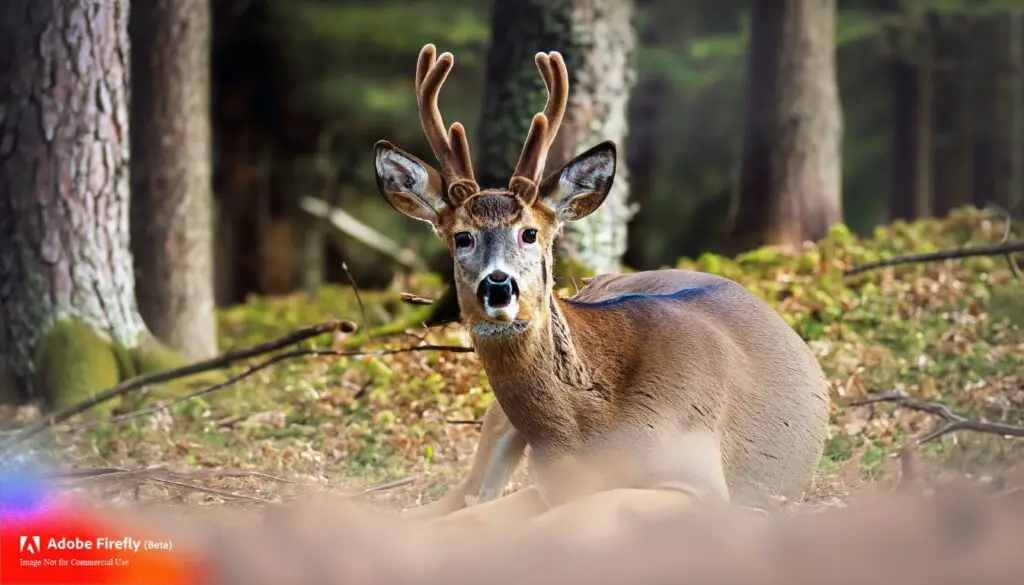
deer squat to poop and pee for the following reasons:
- To empty their bowels completely: Deer have long intestines, and squatting helps to straighten out the intestines so that the waste can pass more easily.
- To distribute the waste more evenly: When deer squat to poop, they typically lift their tail and spread their hind legs. This helps to distribute the waste more evenly and makes it easier for them to clean themselves afterward.
- To mark their territory: Bucks will rub-urinate during the breeding season as a way to mark their territory and attract does.
- To communicate with other deer: The smell of deer urine can be used to communicate with other deer about their location, health, and reproductive status.
- To stay clean: Deer are very clean animals and they will often squat to pee or poop in areas where they can easily clean themselves afterward.
some additional facts about deer poop and pee:
- Deer poop is typically round and dark brown. It is often found in small piles or scattered on the ground.
- Deer pee is clear or yellowish and has a strong odor. It is often found in small puddles or streams.
- The amount of deer poop and pee that you see can vary depending on the time of year. Deer are more active during the spring and fall, so you will see more poop and pee during these times.
- Deer poop can be a nuisance, but it can also be helpful. Deer poop can be used to attract deer hunters or to track deer movements.
- Deer pee can be harmful to plants and can also spread disease. If you see deer pee on your plants, it is important to wash them off as soon as possible.
20 things to know about deer body language and behavior:
- Deer are prey animals, so they are very cautious and aware of their surroundings. They rely on their senses of sight, smell, and hearing to detect danger.
- Deer have a number of ways to communicate with each other, including body language, vocalizations, and scent marking.
- Deer are social animals and live in herds. Herds can be made up of a few individuals or hundreds of individuals.
- Deer are crepuscular animals, meaning they are most active at dawn and dusk.
- Deer are herbivores and their diet consists of a variety of plants, including grasses, leaves, fruits, and nuts.
- Deer are very good at camouflage and can blend in with their surroundings very easily.
- Deer are very agile animals and can jump high and run fast.
- Deer are territorial animals and will defend their territory from other deer.
- Deer are preyed upon by a variety of predators, including wolves, coyotes, bears, and mountain lions.
- Deer have a number of predators, so they are constantly on the lookout for danger.
Here are some specific things to look for in deer body language:
- Ears: Deer ears are very expressive and can tell you a lot about how they are feeling. If a deer’s ears are back, it is likely feeling threatened or alarmed. If a deer’s ears are forward, it is likely curious or interested.
- Tail: A deer’s tail can also tell you a lot about how it is feeling. If a deer’s tail is tucked between its legs, it is likely feeling scared or threatened. If a deer’s tail is raised, it is likely feeling confident or dominant.
- Eyes: Deer eyes are very large and expressive. If a deer is staring at you directly, it is likely trying to determine if you are a threat. If a deer’s eyes are darting around, it is likely feeling nervous or anxious.
- Body posture: Deer body posture can also tell you a lot about how they are feeling. If a deer is standing tall with its head held high, it is likely feeling confident or dominant. If a deer is hunched over with its head down, it is likely feeling scared or threatened.
Here are some common deer behaviors:
- Buck rubbing: Bucks will rub their antlers on trees and other objects to mark their territory and attract does.
- Doe fawning: Does will give birth to their fawns in secluded areas.
- Fawn hiding: Fawns will often lie still and hide when they are threatened.
- Deer running: Deer will run if they feel threatened.
- Deer grazing: Deer will graze on a variety of plants.
- Deer drinking: Deer will drink from streams and ponds.
By understanding deer body language and behavior, you can better understand how to interact with them safely and respectfully.
Summary
Yes, deer sometimes squat to poop and pee. They do this to help them empty their bowels completely. Deer have long intestines, and squatting helps to straighten out the intestines so that the waste can pass more easily.
Deer also squat when they rub-urinate, which is a behavior that bucks engage in during the breeding season. Rub-urination is a way for bucks to mark their territory and attract does.
When deer squat to poop, they typically lift their tail and spread their hind legs. This helps to distribute the waste more evenly and makes it easier for them to clean themselves afterward.
Deer poop is typically round and dark brown. It is often found in small piles or scattered on the ground. Deer pee is clear or yellowish and has a strong odor. It is often found in small puddles or streams.
If you see deer poop or pee in the woods, it is a sign that deer are active in the area. This can be helpful information for hunters or people who are interested in wildlife.

